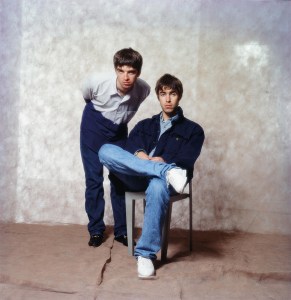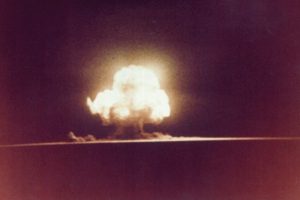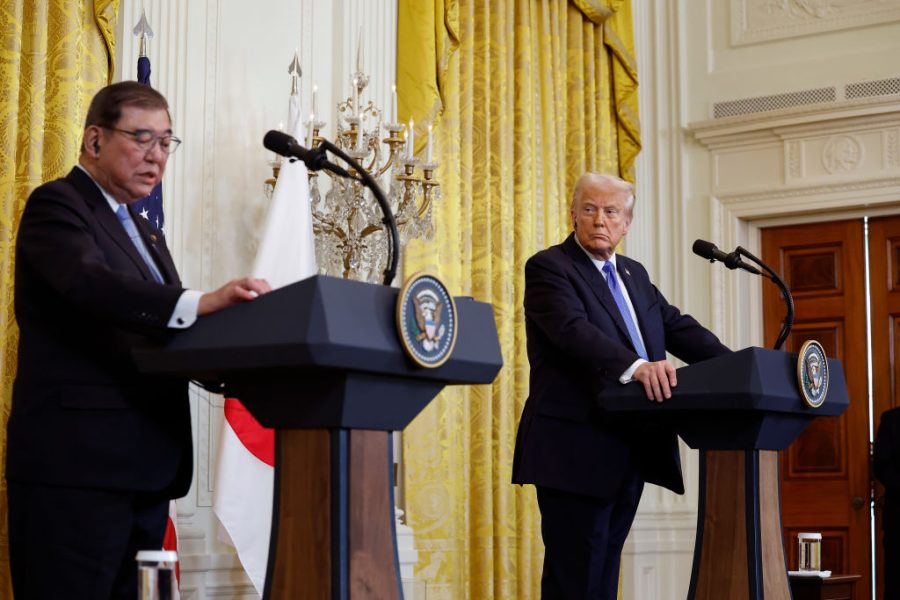A consideration of the influence of James Ellroy, master of LA noir, on his admirer David Peace quickly raises some interesting questions on how we perceive authorship, and authority, in contemporary fiction.
Peace, who has been called ‘the English Ellroy’, draws inspiration from his predecessor not only in his prose style but also in his method, which mixes historical investigation with the techniques of fiction, a modus operandi they publicly debated in 2010. In response to Peace’s question ‘Why do you write history as a novel and not as non-fiction?’ (something that he himself has often been asked), Ellroy answered:
‘Because I want to change things. If I don’t like something and the way it plays out, I don’t want to be beholden to the facts. And I want to tell the private stories. If you look back at what I call the private nightmare of public policy, then these fictions of mine are valid.’
This risky approach is evident in Tokyo Redux, which revolves around the disappearance in July 1949 of the first president of Japanese National Railways (JNR), Sadanori Shimoyama, an unsolved mystery that has been the subject of several investigative articles, documentaries and even manga works, as well as an as-yet untranslated historical novel by Yasushi Inoue. To this day, there are suspicions of a cover-up. On the morning of July 5, having told his driver to wait five minutes while he paid a visit to the Mitsukoshi department store in Tokyo’s Chuo business district, Shimoyama was seen to enter the building and never return. The following day his dismembered body was found. He had been struck by a train.
The question was: did he commit suicide or was he murdered? JNR had been incurring severe financial liabilities, and on the day before Shimoyama vanished he had personally drawn up a list of 30,000 employees whose jobs were to be terminated. Couple that with the fact that some medical experts determined that he was already dead when the train struck him, and the case had all the makings of a national scandal in Japan.
It would be highly satisfying if a work of fiction were able to solve this mystery; but what Tokyo Redux seeks to do is even more interesting. Just as Ellroy uses documentary fact to ground the private histories that make his fictions ‘actually valid’, so Peace sets out to discover an underlying moral truth, one that reveals more about the American presence in postwar Japan than it can about a cold suicide or murder case. Yet while his account of the Shimoyama incident is no less speculative than his mentor’s fictive histories, Peace remains sufficiently beholden to the facts that we feel less obviously directed by an authorial agenda than we do when reading Ellroy, whose narrative focus and characterization can sometimes feel manipulative. With his more recent work in particular, it is clear Ellroy knows who the bad guys are (pretty much everybody). Peace, by contrast, lets us reach our own conclusions.
The other area where Ellroy’s influence is apparent is in Peace’s prose style, but a close reading shows that this is not as straightforward as it might first seem. In fact what makes the question of influence most interesting here is exactly where the two styles differ — and these differences reveal an odd kind of archaeological process in which Peace’s prose, straining against Ellroy’s abrupt, hard-boiled style, allows itself moments of lyricism that the American would balk at, thus exposing the occasional, and admittedly guarded, lyrical impulses to be found in certain of Ellroy’s own influences, particularly Raymond Chandler.
There is, then, no end to influence, but the current can run both ways, as influencer and influenced animate each other’s style and methods. Apart from being a darned good read, Tokyo Redux reveals a great deal, not just about Peace’s debt to Ellroy but also about the different ways in which style and characterization may validate fiction that seeks to unearth very complex histories, while refusing to be beholden to the facts.
This article was originally published in The Spectator’s August 2021 World edition.

























